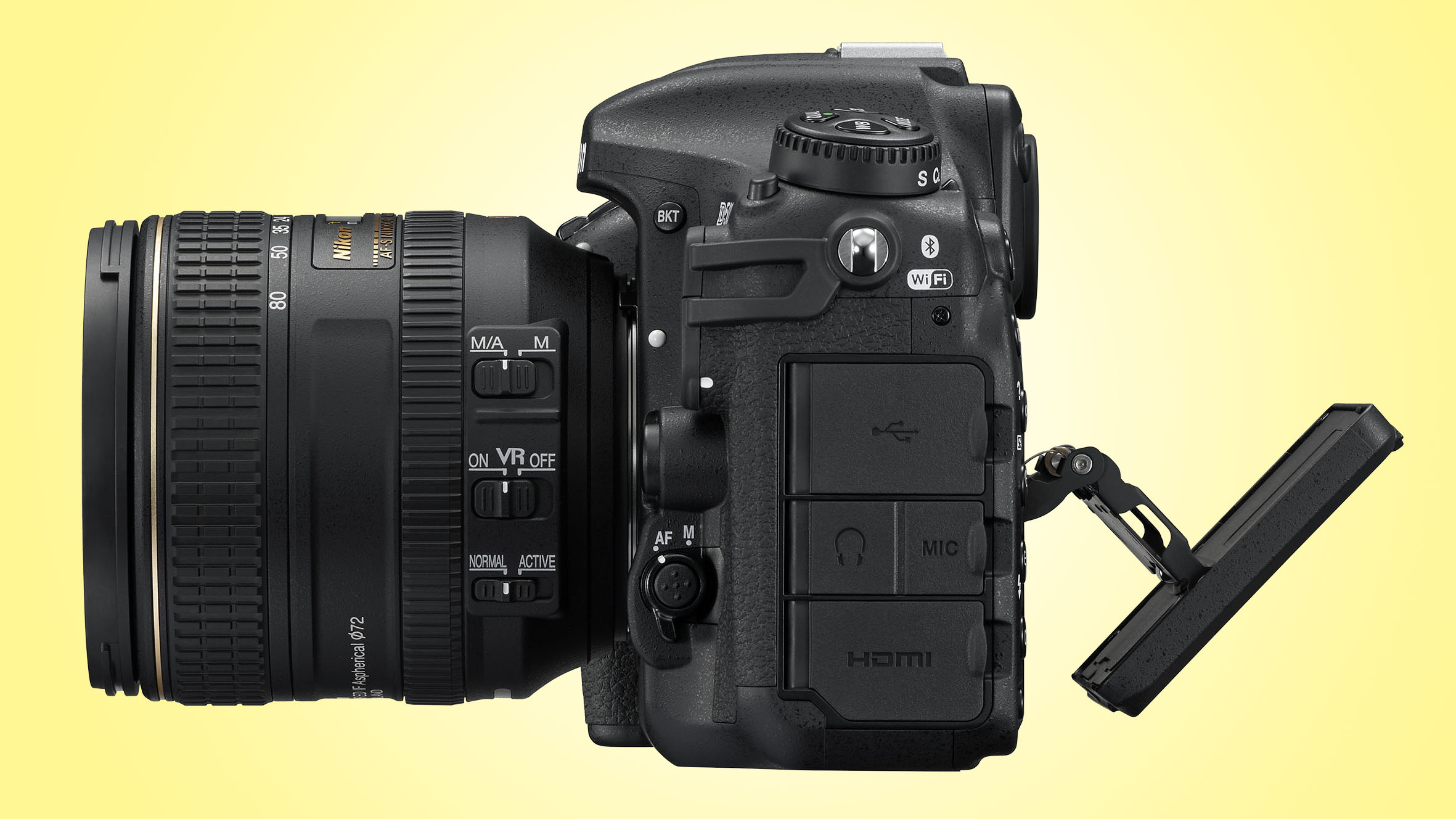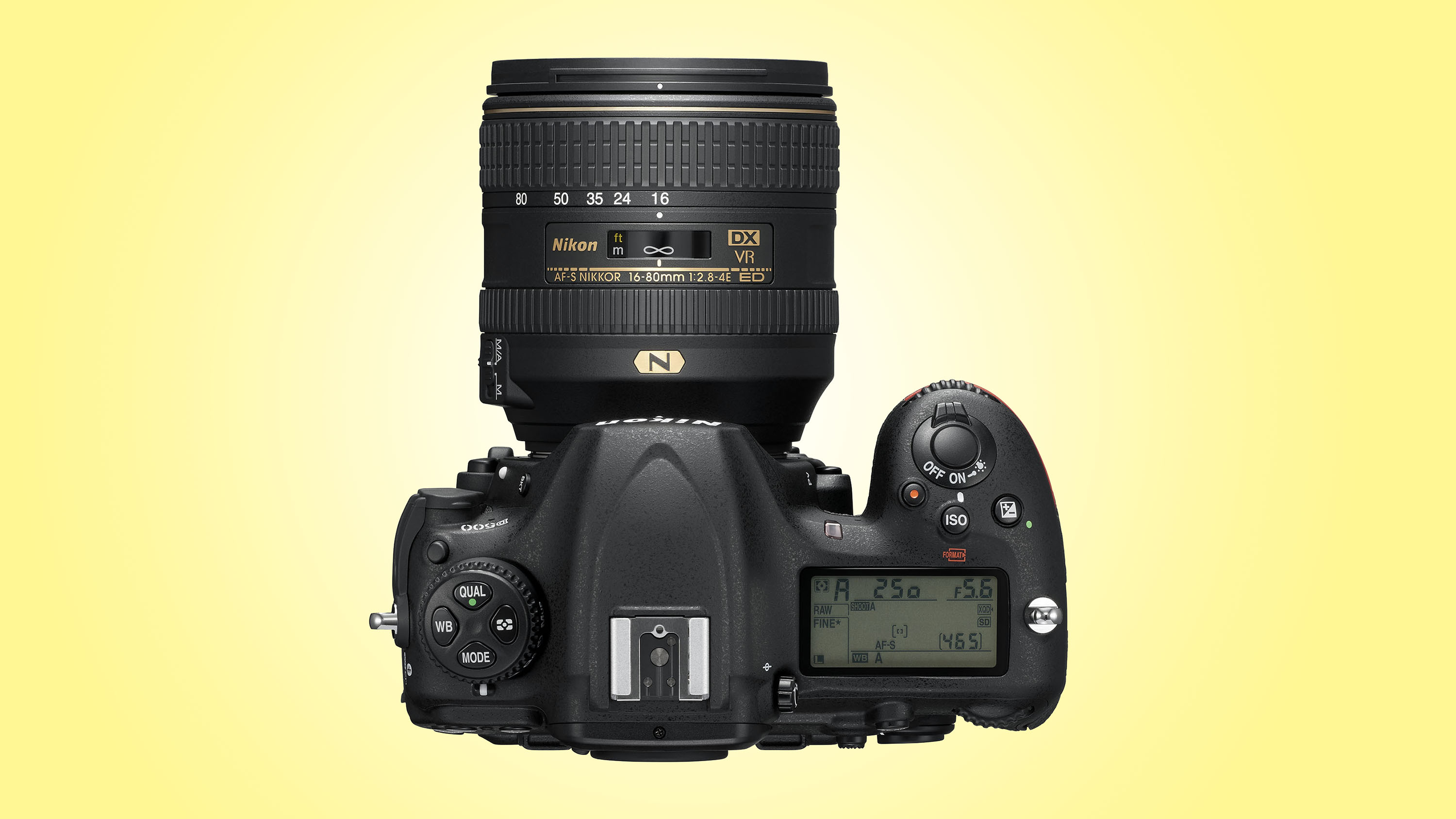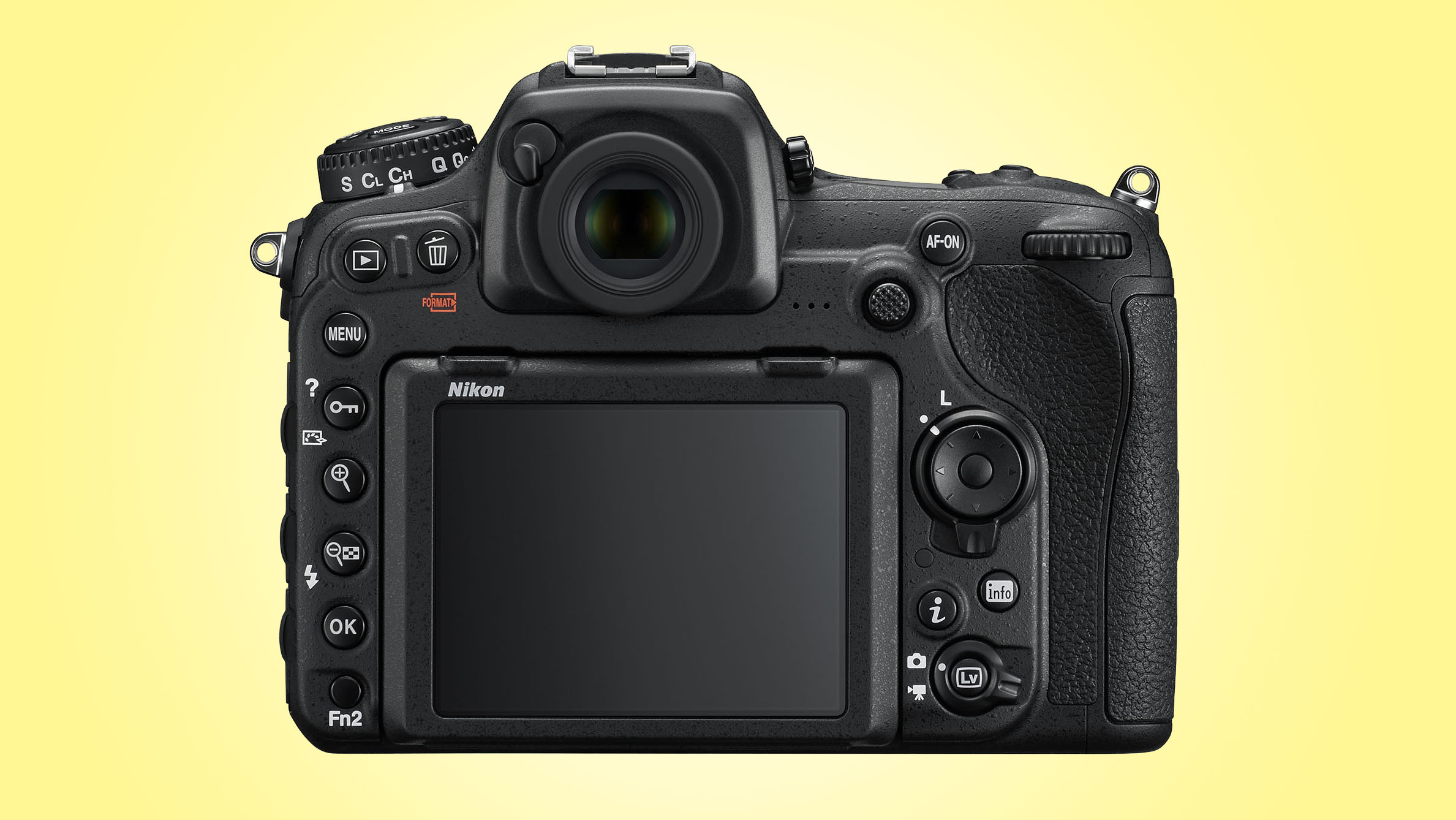TechRadar Verdict
At last Nikon has a professional-level APS-C-format camera to replace the D300S and compete with Canon's EOS 7D Mk II. It's a fantastic DSLR that's packed with pro-spec features, including an impressive AF system and great low-light credentials that enable it to produce high-quality pictures in a wide range of conditions. A brilliant choice for the action and wildlife photographer.
Pros
- +
Brilliant AF system
- +
10fps shooting for 200 raw files
- +
Metal, weather-sealed body
- +
Polished handling
- +
Excellent image quality
Cons
- -
Live View AF can be slow
- -
Tilting rather than vari-angle screen
- -
Limited touchscreen control
Why you can trust TechRadar
For a long time the top slot in Nikon's APS-C (DX) format DSLR line-up was occupied by the popular D300S, but that camera dates from 2009 and production ceased ages ago, leaving a vacancy that Nikon photographers have been wanting to see filled for years.
During that time there's been plenty of rumour and speculation, but at the Consumer Electronics Show (CES) in Las Vegas last year, the D500 was announced alongside Nikon's new flagship, the D5.
The D500 is aimed at serious enthusiast and professional photographers who want a smaller, lighter camera than a full-frame (FX) model such as the D810 or D5. It's also designed for pros who want the focal length magnification of the DX-format sensor.






Features
- APS-C CMOS sensor, 20.9MP
- 3.2-inch tilt-angle touchscreen, 2,359,000 dots
- 4K video capture
One surprise about the D500 is that its APS-C sensor has 20.9 million effective pixels, less than the company's other recent (24MP) DSLRs of the same format; this is to enable the photosites to be bigger, to improve low-light performance.
Interestingly, the D5 announced at the same time has 20.8 million pixels on its full-frame sensor, and the two cameras use the same sensor architecture, built to Nikon's specification; if the D500's sensor was scaled up to match the D5's it would have 48.6 million effective pixels.
The EXPEED 5 processing engine also brings a maximum continuous shooting rate of 10 frames per second (the D5 can hit 12fps) for up to 200 14-bit lossless compressed raw files, as well as the ability to record 4K UHD movies. It all adds up to a pretty enticing package for sports and action photographers.
In addition to the imaging sensor there's a new 180,000-pixel RGB sensor to handle metering and white balance, as well as informing the automatic scene recognition system to help improve autofocusing with better subject detection.
Sign up for breaking news, reviews, opinion, top tech deals, and more.


Having the same pixel count as the D5 but on a smaller sensor means the D500's photo receptors are smaller, and this naturally has an effect on their light gathering power and low-light performance. Consequently the D500 doesn't have quite the same outlandish sensitivity range as the D5: its standard range is ISO100-51,200, with five expansion settings taking it up to the equivalent of ISO1,640,000 – a stop lower than the D5's maximum of ISO3,280,000, but still an incredibly high figure.
Whereas the D5's 4K shooting capability is limited to three minutes, it's possible to shoot 4K UHD (3840 x 2160) 30p/25p/24p video for up to 29 minutes and 59 seconds with the D500. As usual there are lower-resolution video modes, and Full HD footage can be shot in 60p for slow-motion playback. In addition, 4K UHD time-lapse movies can be created in-camera, and there's electronic Vibration Reduction to reduce the impact of camera shake when shooting movies hand-held.
Like the D5, the D500 has a 3.2-inch 2,359,000-dot screen that's touch-sensitive. Unlike the D5, however, this can be used to set the AF point – the D5's is limited to use when reviewing images and inputting text for copyright information and the like.

Another feature that distinguishes the D500 from the D5 is the presence of Nikon's new SnapBridge technology, which enables the camera to stay permanently linked to a smart device over a low-power Bluetooth connection (or via Wi-Fi). This means that after the first connection has been made images can be transferred automatically to your phone whenever you shoot, and they should be ready to be shared via the internet when you pick up your phone.
As befits a camera aimed at professionals and serious enthusiasts, the D500 has two card slots: one accepts SD-type media while the other is for the faster XQD cards. Although they've been around for quite some time, XQD cards haven't become commonplace yet, with most cameras only accepting SD-type media, but this could be set to change.

Phil Hall is an experienced writer and editor having worked on some of the largest photography magazines in the UK, and now edit the photography channel of TechRadar, the UK's biggest tech website and one of the largest in the world. He has also worked on numerous commercial projects, including working with manufacturers like Nikon and Fujifilm on bespoke printed and online camera guides, as well as writing technique blogs and copy for the John Lewis Technology guide.
